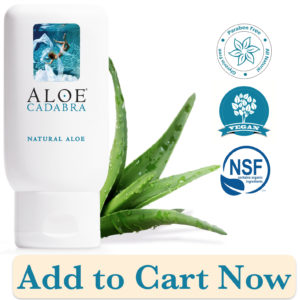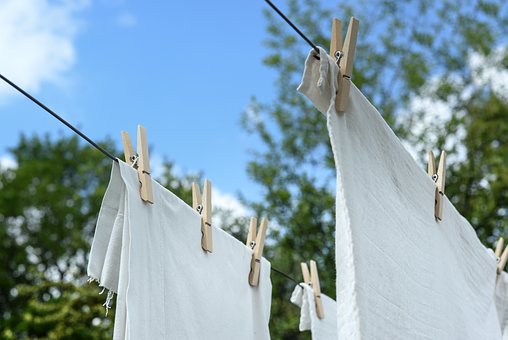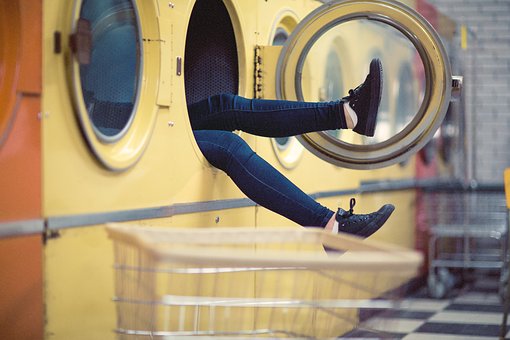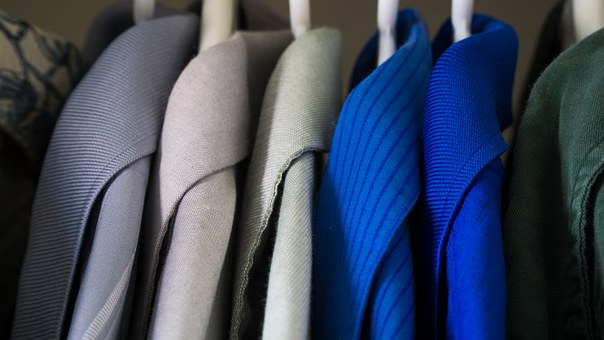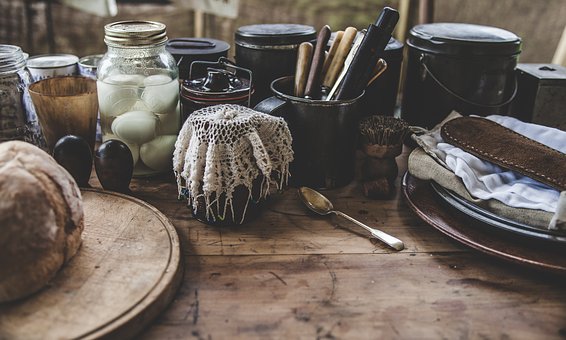Five steps for making your clothes last as long as possible
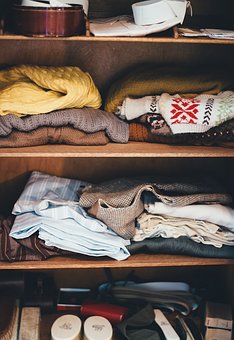
With a little extra care for your clothing, you can extend the life of your garment for years and years. Here are the five steps you need to follow to make sure your clothes last as long as possible.
Making sure your clothes last starts with your time in the store. Before buying anything, check the seams of the clothing you want to purchase. This may sound daunting, but it can make the difference between a good and a bad purchase. Orsola de Castro of Fashion Revolution recommends turning a garment inside out and pulling on any loose strings. The seams should be strong. If anything starts to unravel, don’t buy it.
The next step is to inspect the fabric of the clothes. Hold the garment up to the light. If you can see through it at all, it won’t last. Thicker, heavier fabrics are more durable. It’s better to buy garments made from single fabric components, i.e. 100 percent cotton or wool, as these are more easily recycled. And if you have the opportunity, choose only for clothes made of natural fibers since they are more breathable and make you sweat less, meaning you have to wash them less.
Another way to ensure your clothes last is by asking yourself the question: do you really need to wash it? Washing is hard on clothes, so if you can minimize it, items will last longer. The next step is a simple one: store your clothes properly. By folding clothes properly and hanging them up nicely, your clothes will last longer.
Lastly, embrace repair. Clothes need ongoing maintenance, just as cars do. Don’t neglect that. Taking your clothes to tailor is one way of maintaining your clothes, but if that’s out of your budget, try fixing them yourself. There are lots of videos on YouTube that can teach you how to do it. Maybe a friend or relative can give you a tutorial, too. READ MORE
Aloe Cadabra – each tube is carefully filled over 95% Full of Organic Aloe Vera to moisturize and sooth.
Moisturize
Lubricate
Replenish


